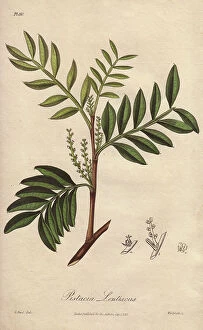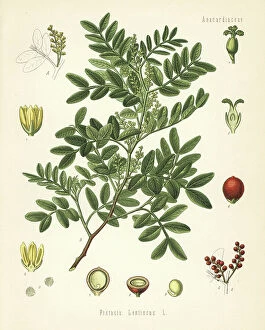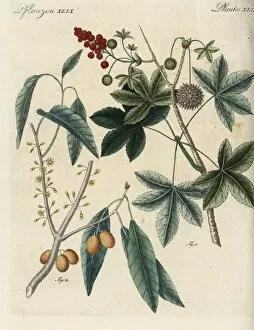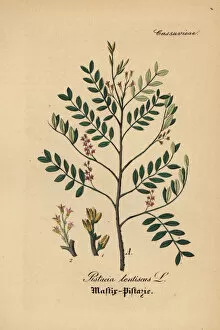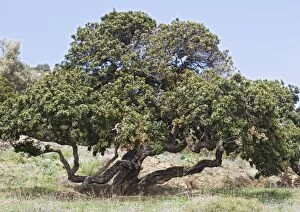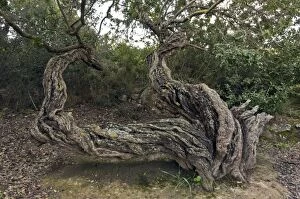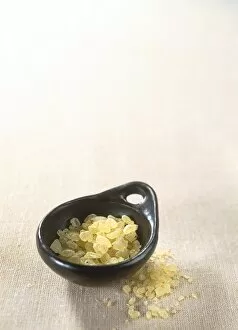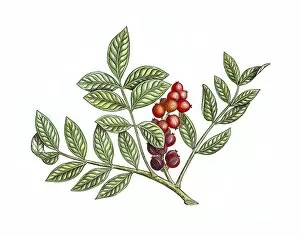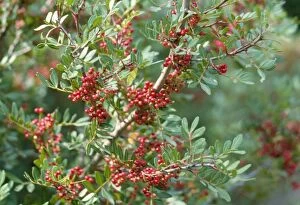Mastic Collection
In the vibrant city of Thessaloniki, a captivating tradition unfolds as locals prepare the exquisite aperitif known as mastic and mezza
For sale as Licensed Images
Choose your image, Select your licence and Download the media
In the vibrant city of Thessaloniki, a captivating tradition unfolds as locals prepare the exquisite aperitif known as mastic and mezza. Derived from the Pistacia lentiscus tree, commonly referred to as mastic or lentisk, this unique ingredient holds a rich history and tantalizing flavor. The mastic tree, also called lentisk, is native to Greece and has been cultivated for centuries. Its resinous sap is carefully harvested by making incisions in the bark, allowing it to ooze out and solidify into translucent tears. These precious droplets are then collected and used in various culinary creations. With its distinct aroma reminiscent of pine forests combined with hints of citrusy sweetness, mastic adds an unparalleled depth to both savory dishes and desserts and has become an essential component in Greek cuisine, elevating classics like souvlaki or tzatziki with its subtle yet unforgettable taste. Beyond its gastronomic allure, mastic holds cultural significance too. Historically linked to the Eastern Question – a complex political issue during 19th-century Europe – this versatile ingredient became emblematic of Greek identity and resilience. As stylish young ladies gather around sipping their refreshing mastic-infused beverages while engaging in lively conversation at outdoor cafes in Thessaloniki's bustling streetscape; they unknowingly participate in preserving this ancient tradition. The beauty of the Pistacia lentiscus plant itself is awe-inspiring - adorned with delicate flowers, lush leaves, and small drupes that encapsulate nature's bounty within each tiny fruit. This remarkable illustration captures the essence of this magnificent tree that gifts us with such extraordinary flavors. Just like opening up an antique secretaire reveals hidden treasures within drawers; exploring the world uncovers endless possibilities for culinary exploration. From traditional recipes passed down through generations to innovative creations crafted by visionary chefs worldwide - every bite infused with mastic tells a story steeped in history and culture.



